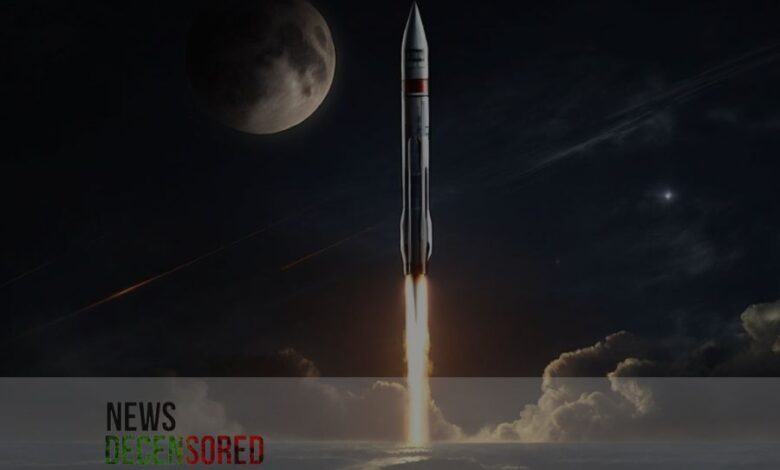NASA to study eclipses by launching rockets in space, Unveiling the Sun’s Secrets, and Protecting Our Technology

Beyond the awe-inspiring spectacle they present, eclipses offer a unique opportunity for scientists to unlock the mysteries of our sun. During the upcoming total solar eclipse on April 8th, which will plunge parts of Mexico, the United States, and Canada into darkness, a multitude of experiments will be conducted to shed light on unanswered questions about our closest star.
Eclipses have played a pivotal role in scientific breakthroughs throughout history. Perhaps the most famous example is the 1919 eclipse, which provided concrete evidence for Albert Einstein’s theory of general relativity. Einstein proposed that gravity warps the fabric of spacetime, causing the deflection of light by massive objects like the sun. Observations made during the eclipse confirmed this theory, validating a cornerstone of modern physics.
This is just one example of the invaluable data gleaned from eclipses. In 2017, a collaborative effort involving NASA and other space agencies utilized a fleet of spacecraft and planes to study the eclipse. This data has been instrumental in accurately predicting the behavior of the sun’s corona, its scorching outer atmosphere, during subsequent eclipses. The corona, while significantly hotter than the sun’s surface, is typically obscured by the sun’s brilliance. However, during an eclipse, the moon acts as a natural light blocker, allowing scientists to study this enigmatic region in detail.
The April 8th eclipse will not only involve professional researchers but also citizen scientists and amateur radio operators. These enthusiasts will be collecting data on how the eclipse impacts Earth’s ionosphere, the upper layer of our atmosphere. The charged particles in this region, known as plasma, create space weather that interacts with our planet’s communication infrastructure. During solar storms, intense solar activity can disrupt GPS navigation, and radio waves, and even damage satellites. Understanding how the ionosphere behaves during an eclipse is crucial for developing models that can predict and mitigate these disruptions.
To gain a deeper understanding of the eclipse’s impact on Earth’s upper atmosphere, three NASA-sounding rockets will be launched from Wallops Flight Facility in Virginia. These rockets will carry scientific instruments that will measure changes in temperature, particle density, and electrical and magnetic fields within the ionosphere. Data from a similar experiment conducted during the October 2023 annular eclipse, where the moon does not completely block the sun, is currently being analyzed.
NASA’s high-altitude WB-57 research planes will also be deployed to study the eclipse. These planes, capable of soaring above most of Earth’s atmosphere, offer a platform for unobstructed observation. Their flight path within the eclipse’s path of totality will allow the instruments onboard to observe the phenomenon for a longer duration compared to ground-based observations.
One experiment utilizing these planes will focus on the ionosphere, using an instrument called an ionosonde to measure the number of charged particles present. Two other experiments will delve into the mysteries of the corona. Scientists will use high-resolution cameras and spectrometers to analyze the corona’s temperature, and chemical composition, and capture data on solar flares and coronal mass ejections – massive bursts of solar material.
Another project, led by Dr. Amir Caspi, aims to capture images of the eclipse from a staggering 50,000 feet above Earth’s surface. This experiment will utilize high-speed and high-resolution cameras to observe the corona in both visible and infrared light. The goal is to unveil previously unseen details within the corona and even locate asteroids hidden within the sun’s glare.
Every eclipse offers a unique opportunity to learn more about our sun and its impact on Earth. The upcoming total solar eclipse on April 8th promises to be a treasure trove of scientific data, thanks to the combined efforts of professional researchers, citizen scientists, and cutting-edge technology. These observations will not only enhance our understanding of the sun but also contribute to developing technologies that safeguard our increasingly communication-dependent world from the potential disruptions of space weather.




